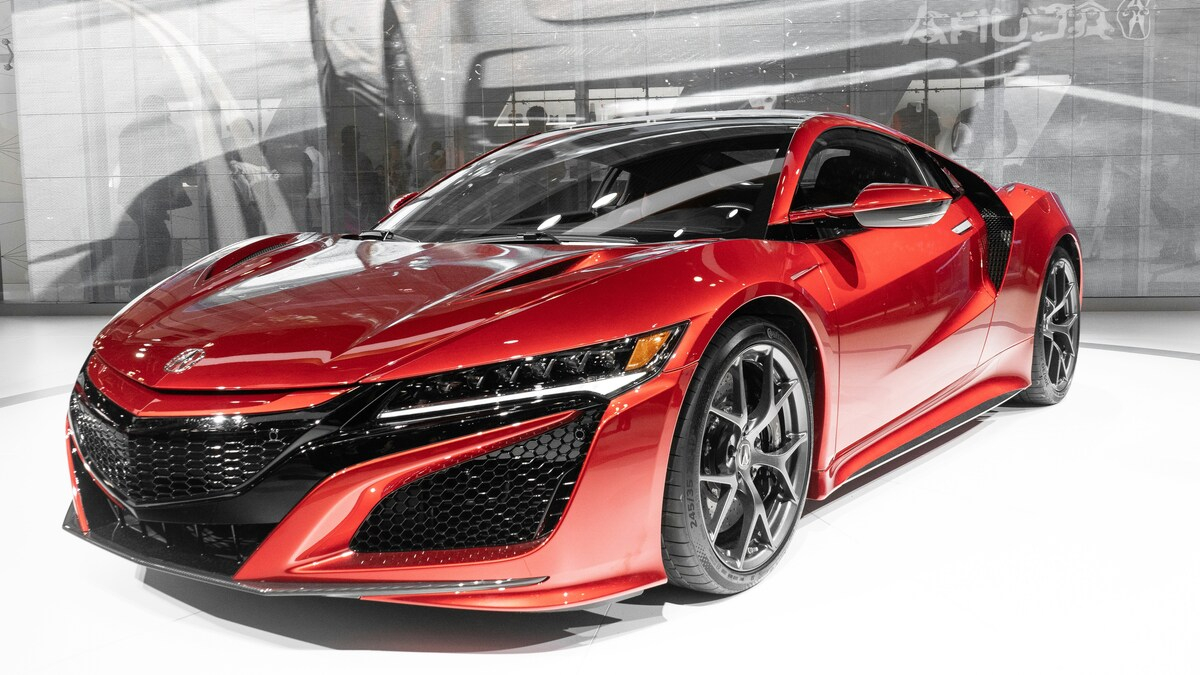Japanese automakers Honda Motor Co. and Nissan Motor Co. are well on their way to a merger through a groundbreaking deal in a bid to change the dynamics of the global automobile market. It was described as a strategic alliance with the aim of achieving its objective of making it the world’s third-biggest automaker by sales, thus leaving the combined entity second only to Toyota Motor Corp. and Volkswagen AG.
Details of the merger
Both companies have signed an MOU to integrate their operations into one holding company, with Honda in the driver’s seat of the new management structure. Their merger is expected to be completed by June 2025, with the combined entity listed on the Tokyo Stock Exchange by August 2026.
Mitsubishi Motors Corp., the junior member of Nissan’s current alliance, has also signed a pact to join talks aimed at a full merger of their operations. It intends to vote before January 2025 on a decision to include Mitsubishi within the merger.
“We anticipate that if this integration comes to fruition, we will be able to deliver even greater value to a wider customer base,” Nissan’s CEO Makoto Uchida said in a statement.
Business strategy
This merger is driven by the need to keep pace with the sea change in the industry, particularly the transition of the industry towards electric vehicles. Japanese companies have fallen behind rivals like Tesla and BYD of China in their EV sales. Honda and Nissan pool resources in an attempt at sharing resources and technology, thereby cutting costs with a view to remaining competitive in the fast-changing markets.
This, according to the president of Honda, Toshihiro Mibe, was a needed bold move for “we came to the realization that for both parties to be leaders in this mobility transformation, it will have to make a more bold change than a collaboration in particular areas.”
Industry implications
The merger would combine the companies in a market capitalization well more than $50 billion.
Even after a merger, Toyota, which rolled out 11.5 million vehicles in 2023, would remain the leading Japanese automaker. If they join, the three smaller companies would make about 8 million vehicles. In 2023, Honda made 4 million and Nissan produced 3.4 million. Mitsubishi Motors made just over 1 million.
It could unlock major operational efficiencies in everything from shared R&D-particularly EV technology development and autonomous driving software-to consolidation in manufacturing facilities and redundancies, some analysts say. Others caution about some of the pitfalls that could come with consolidation in manufacturing facilities and redundancies.
Market reaction
After the news, Honda’s stock soared up to 15% in pre-market trading, with investors expecting potential windfalls from the merger. The appreciation of Nissan’s stock was also considerable, signaling the market’s approval of the strategic move.
Challenges
The road ahead is fraught with pitfalls. It has been a few torrid years for Nissan, including a decline in finances and a reputational hit after former chairman Carlos Ghosn was arrested in late 2018. After being granted bail, Ghosn fled to Lebanon and hit out at the proposed merger as “a desperate move.”
Business strategy and corporate culture also need to be tied in between both of them for a smooth process that turns out to be effective between Honda and Nissan.

